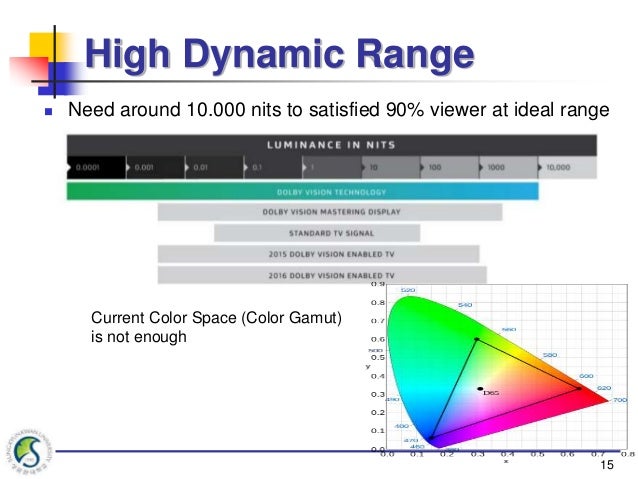OLED is already more than bright enough for now, especially compared to top of the line LCD.
Remember that the cd/m2/nits line is not linear: 100 nits is only one stop of brightness from 1000 nits - this means 1000 is only double as bright as 100. And 1000 nits is only half as bright as 10000 nits.
The numbering can be a bit confusing as one would think that a TV with a peak brightness of 2000 is double as bright as one at 1000 nits, which is very wrong. This is also why people who are worried that 10000 nits will burn their eyes need not worry, as it's really not that bright compared to many other things we look at every day that are illuminated by the sun. Unless you're in the UK, then everything has that cloudy kind of glow to it that makes everything sooooo fun.
So the difference between some of the best LCDs at 1000nits and the latest OLED at 700nits is a tiny fraction of a stop - off top of my head, 1000 nits is only 14% brighter than 700 nits. Under normal viewing conditions (ie when you're not comparing sets side by side) it's extremely unlikely anyone will ever actually notice the difference.
Yet at the same time, OLEDs have a few stops of darkness to play with, as 0.0001 nits might look like it's not too far from 0.01 nit but it's a whole two stops of brightness - huge. And OLED can get that dark in the same frame as it can also get 700 nits of brightness. With LCDs there is always a trade off, and FALD aren't really perfect as we all know.
This is why it's much more important to know how many stops the set can cover - and the OLED covers a lot more stops than any LCD can ever do, in the same frame - than the peak brightness alone. Which is why everyone raves about the contrast ratio and 'pop' of OLED images.
Now, having said that, I will still most likely wait for the next wave of OLEDs before I buy one. When did I become so boring and conservative??


